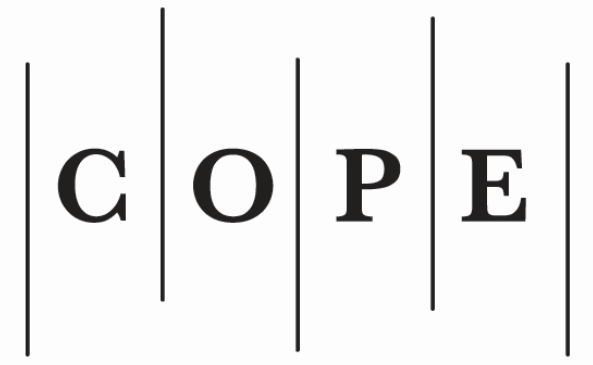Problematic Aspects of the Beginning and end of Human Life in the Context of Homicide (article in Lithuanian)
##plugins.themes.bootstrap3.article.main##
Abstract
Both in criminal law science and in the judicial practice there are a lot of discussions as to what should be considered as the beginning and end of human life. Birth and death are not instantaneous acts, but rather processes made up of time-spans that can be construed as evidence of the beginning or end of a human life. From a biological point of view the human life is a constant, continuous metabolic process after cessation of which the human life also ceases. These circumstances very much aggravate the definition of criteria of the moments of beginning and end of human life. There are disagreements in the criminal law science with respect to from which moment the human life is to be protected by the criminal law. Herewith this presupposes also the other problematic question—what is to be considered a “living human” as a homicide subject (a victim). Complication of the said question is also determined by the fact that it is related not only to legal but also to medical, religious, and moral aspects. This article exactly analyses certain aspects of the beginning and end of human life in the context of the homicide composition attributes.
##plugins.themes.bootstrap3.article.details##
Section
Articles
This is an open-access journal, which means that all content is freely available without charge to the user or their institution. Users are allowed to read, download, copy, distribute, print, search, or link to the full texts of the articles in this journal without asking prior permission from the publisher or the author. This follows the BOAI definition of open access. Authors contributing to Jurisprudence agree to publish their articles under a Creative Commons Attribution 4.0 International Public (CC BY) License (applicable from 2025).
![]() Authors retain copyright of their work, with first publication rights granted to the Association for Learning Technology.
Authors retain copyright of their work, with first publication rights granted to the Association for Learning Technology.
Please see Copyright and Licence Agreement for further details.






